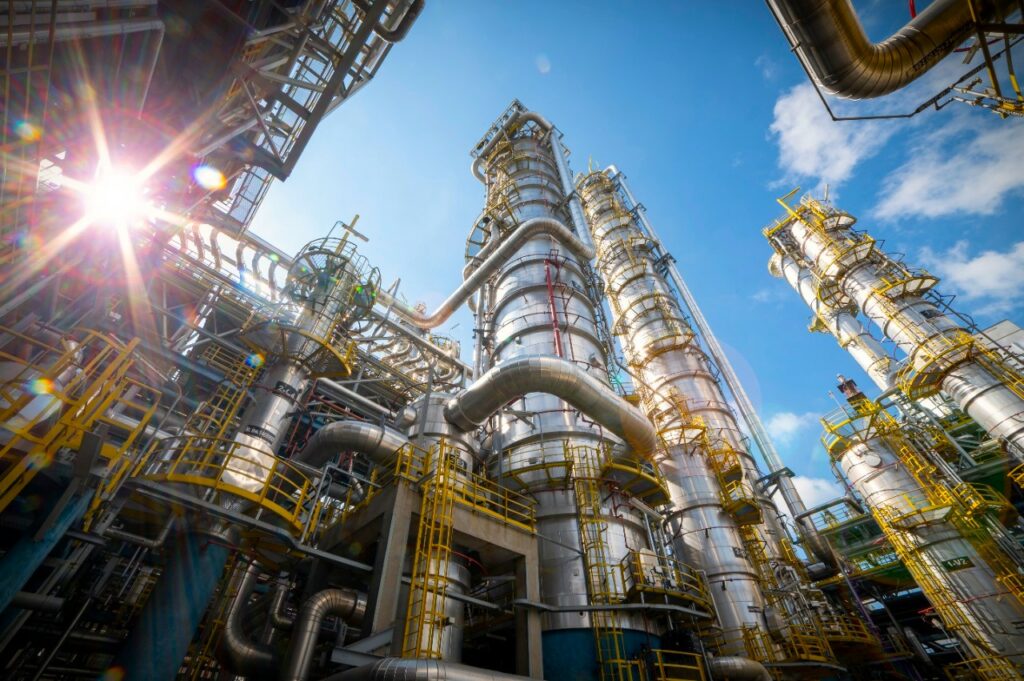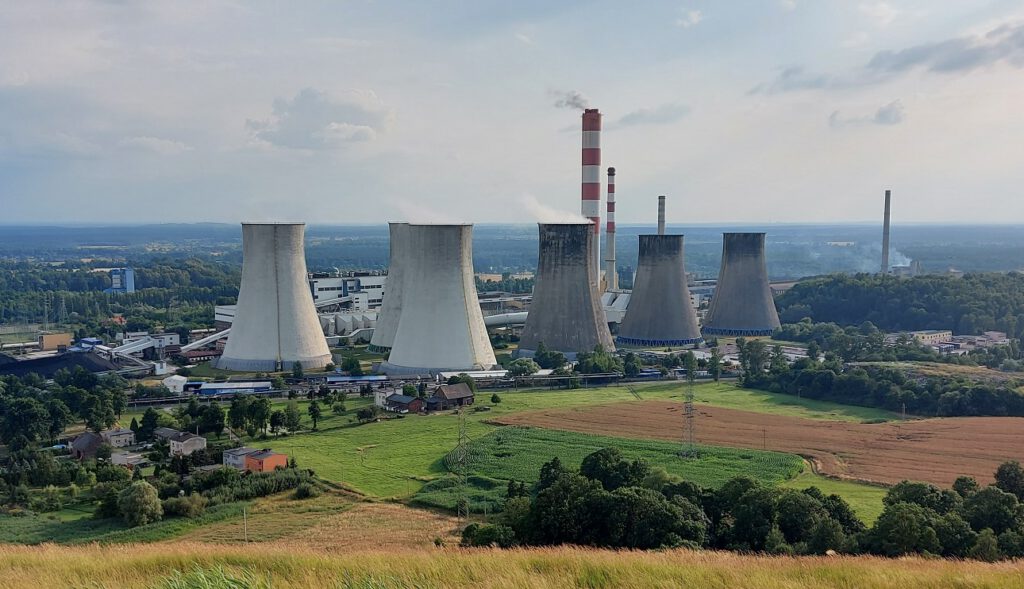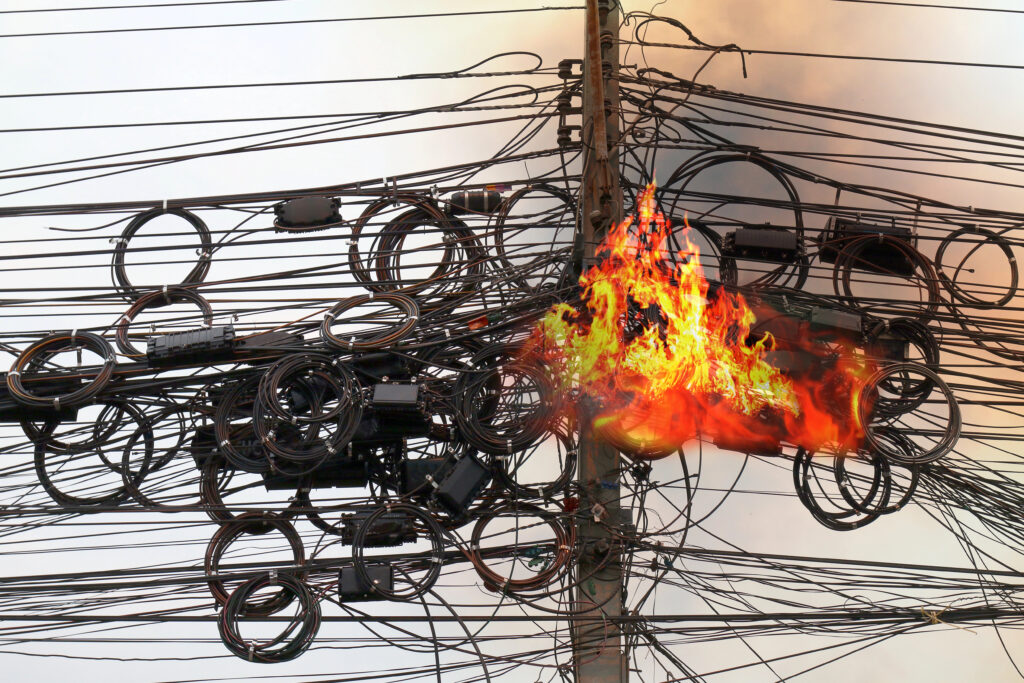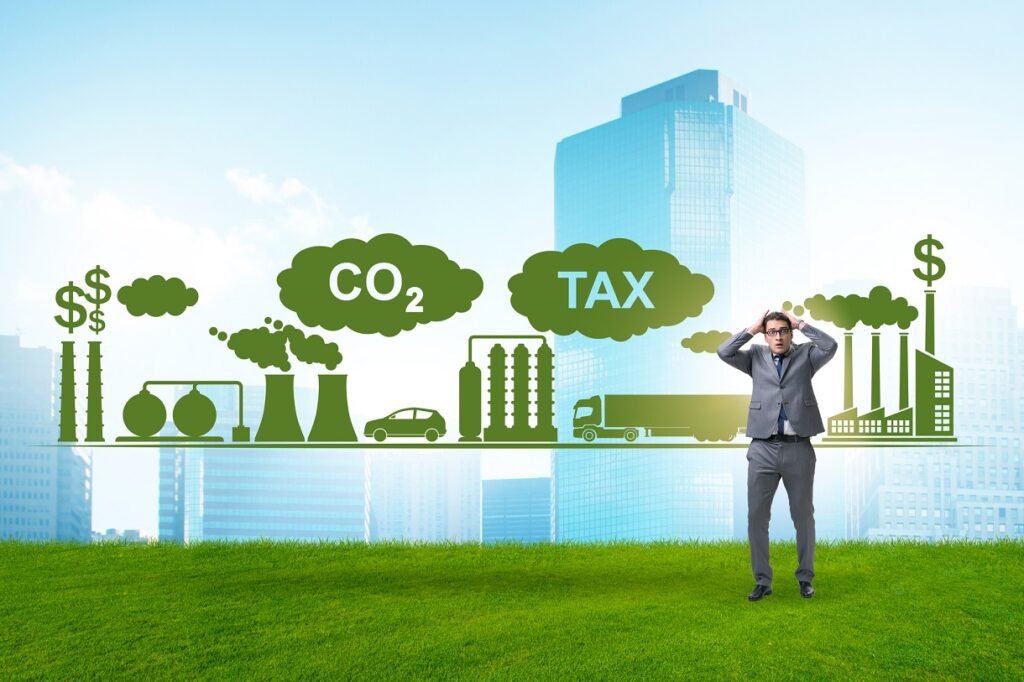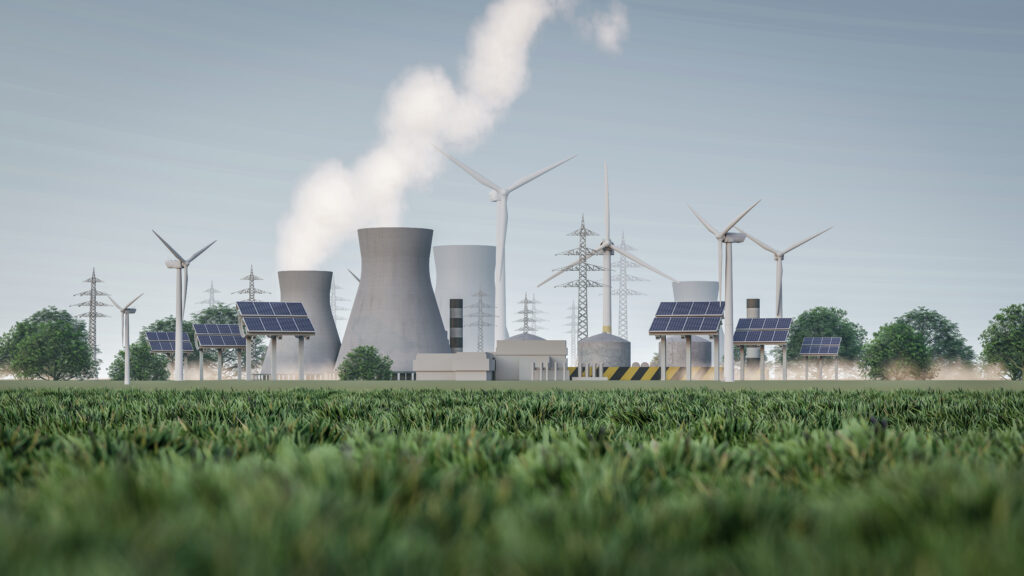Spis treści
– The European Union is committed to achieving net-zero CO2 emissions by 2050. While most of these efforts will involve reducing current emission levels over the coming years, we will also need technologies for capturing CO2 or removing it directly from the atmosphere, and then storing or utilizing it, as stated by the European Commission in February, in its strategy for industrial emissions management in the EU.
These technologies are intended to focus on sectors where emission reductions are particularly challenging or costly, especially process emissions unrelated to fuel combustion. An example is cement production, where process emissions from the decomposition of calcium carbonate account for over 60% of the total emissions.
The European Commission proposes that the EU create CO2 storage capacities of 50 million tons per year by 2030. A decade later, considering the recommended climate target of a 90% reduction in CO2 by 2040, storage capacity will need to increase to approximately 280 million tons. By 2050, the target is 450 million tons.
Costs of CO2 are increasing
The National Center for Balancing and Managing Emissions recently published data on emissions in sectors covered by the Emissions Trading System (EU ETS). According to this data, in 2023 Poland emitted nearly 154 million tons of CO2—almost 17% less than the previous year. Nearly 70% of the emissions came from professional energy.
Both the energy sector and most industrial sectors saw a decrease in emissions. In the case of energy, KOBiZE explains that Poland returned to being a net importer of electricity last year, and the trend of reducing coal generation and increasing renewable energy sources continued. At the same time, energy demand decreased due to its cost and weaker economic conditions.
These two factors also influenced the reduction of emissions in the industry, particularly in energy-intensive sectors, which produced less cement, steel, or chemicals. Emission reductions are also occurring gradually due to increasing energy efficiency and the adoption of less emission-intensive technologies.
However, in industries such as cement, there is no way to avoid process emissions, and economically viable primary steel production or fertilizers using green hydrogen still seems like a distant prospect. Therefore, in recent years, carbon capture and storage (CCS) or carbon capture and utilization (CCU) technologies have been increasingly viewed as essential tools for decarbonization.
For sectors covered by the EU ETS, it is also necessary to maintain competitiveness. The costs of purchasing allowances are already a significant burden, and emissions will become more expensive in the long run, as the reformed EU carbon trading system aims.
This year’s price projections for allowances until 2030 from six major analytical centers in the EU ranged from €91 according to ICIS to €188 per ton in the forecast from the Polish Climate-Energy Analysis Center KOBiZE. Recently, prices have been around €70 per ton, but in 2022 and 2023, they approached €100.
Additionally, from 2026, free allocations of allowances will be gradually reduced, until their complete elimination in 2034. It is no coincidence that the cement industry is the most motivated to invest in CCS.
One million tons of CO2 to start
One of the first such projects in Europe is being implemented in Poland. A large-scale CO2 capture facility is expected to be established by 2027 at the Kujawy Cement Plant near Inowrocław. The plant, part of the Holcim group, will annually transport approximately 1 million tons of liquefied CO2 by rail to the Port of Gdańsk and then by ship to storage sites under the seabed.
The overall cost of the project is €380 million over 10 years, with CAPEX amounting to €264 million. Operational costs are associated with the operation of the facility, CO2 transport, and storage. The project is largely made possible by two factors.
The first is €230 million in EU support from the Innovation Fund. The second is the location of the plant. The Kujawy Cement Plant is the only one located in northern Poland, which allowed for considering, at the current stage—before pipeline construction—the option of transporting captured CO2 by rail to a transshipment terminal in Gdańsk.
The project is part of ECO2CEE, a joint initiative of Orlen, Holcim, and Air Liquide, listed as a project of common interest by the European Union (PCI).
According to Orlen, the terminal will annually handle nearly 3 million tons of CO2. This will come not only from the Kujawy Cement Plant but also from the largest Lithuanian emitters and Orlen’s production plant in Płock. The ECO2CEE project will create a joint CO2 transport network for Polish and Lithuanian industries, which will be shipped by sea to storage sites in the North Sea, and potentially in the Baltic Sea in the future.
Orlen emphasizes its aspiration to lead the energy transformation in the region and aims for climate neutrality by 2050. One of the company’s strategy goals by 2030 is to reduce CO2 by 25% for Scope 1 (direct emissions from fuel combustion) and Scope 2 (indirect emissions from purchased electricity, heat, steam, or cooling) in the refinery, petrochemical, and extraction segments.
– CCS technologies, due to their specific nature and range of applications in various industrial sectors, are emerging as leading solutions for CO2 emission reduction, especially in the perspective of 2030 – highlights Orlen.
Regulations first, then strategy
However, most cement plants and other heavy industries are located in southern Poland. Therefore, the development of pipelines to transport captured CO2 to storage sites—preferably within the country—is essential for them.
The path to implementing such a scenario remains very long. The basis for starting this process was the amendment to the Geological and Mining Law passed at the end of the previous parliamentary term, which came into effect last fall. It included provisions enabling CO2 storage in geological formations (both marine and land-based, as well as hydrocarbon reservoirs) for projects other than demonstration ones.
However, there is still a lack of implementing regulations needed to make this amendment useful. Therefore, the industry is calling for their prompt preparation. Krzysztof Galos, the Deputy Minister of Climate and Environment and Chief Geologist of the Country, has announced work on the regulations.
During the “Carbon Capture Congress” in Poznań in April, he mentioned that a draft location regulation could be ready by July, which will likely specify the first test CO2 storage sites on land—one in a post-hydrocarbon reservoir and another in brine structures.
Galos expressed hope that these could be established by 2028-2029. However, he estimated that significant land-based projects might not occur until 2032, considering the time required for proper research and administrative procedures.
Importantly, he also promised that by the end of the first quarter of 2025, the ministry will prepare a national “CO2 management strategy,” which will outline specific tasks and their implementation schedule. The strategy will be led by Deputy Minister Krzysztof Bolesta, who, before taking his position in the ministry in February, was a long-time official at the European Commission.
His last task at the EC was leading the team responsible for preparing the EU’s CO2 emissions management strategy. This experience is expected to benefit the national context as well.
For example, at the end of May, the German government approved its strategy in this area, even though Berlin had previously been skeptical about CCS. However, industry pressure was so great that even the “green” Vice Chancellor Robert Habeck was eventually convinced of this technology. Moreover, Germany’s current plan to achieve climate neutrality by 2045 is not on track, making it necessary to explore additional decarbonization tools.
Key assumptions include that CCS will be used in industries where emissions are difficult to eliminate, as well as in gas and biomass energy, but without the right to apply for investment funding. CCS will be excluded from coal energy. CO2 storage will be permitted under the seabed and on land, if approved by the relevant state authorities. The government will also prepare regulations for the transport system.
Building the transport system
Regarding CO2 pipeline transport, estimates from the European Commission’s Joint Research Centre (JRC) suggest that EU climate goals require the construction of a network totaling 7,300 km by 2030 at a cost of about €12.2 billion, and 19,000 km by 2040 at €16 billion.
In Poland, Gaz-System is likely to take on the role of CO2 transport network operator. The company does not hide that, alongside hydrogen and biomethane, this is one of the natural areas for development for the national gas pipeline operator.
However, there are currently no regulations needed for building such networks. Additionally, planning their route requires identifying system users and their needs, as well as potential storage sites.
and Technology and supported by Orlen and the Ministry of Climate and Environment—preliminary maps were presented of potential CO2 storage sites on land. However, these sites have not yet been confirmed, and until regulations are in place, both storage and transport development may proceed at a slow pace.
At the same time, regulations alone will not ensure Poland’s readiness to implement CO2 capture technology on a larger scale. In addition to the technical and legal aspects, public acceptance of CO2 storage is a crucial factor.
The public should be assured of the safety of CO2 storage, particularly in areas where it could be transported and stored in large volumes. The introduction of proper regulations is expected to help build confidence and facilitate the implementation of CCS and CCUS technologies.

